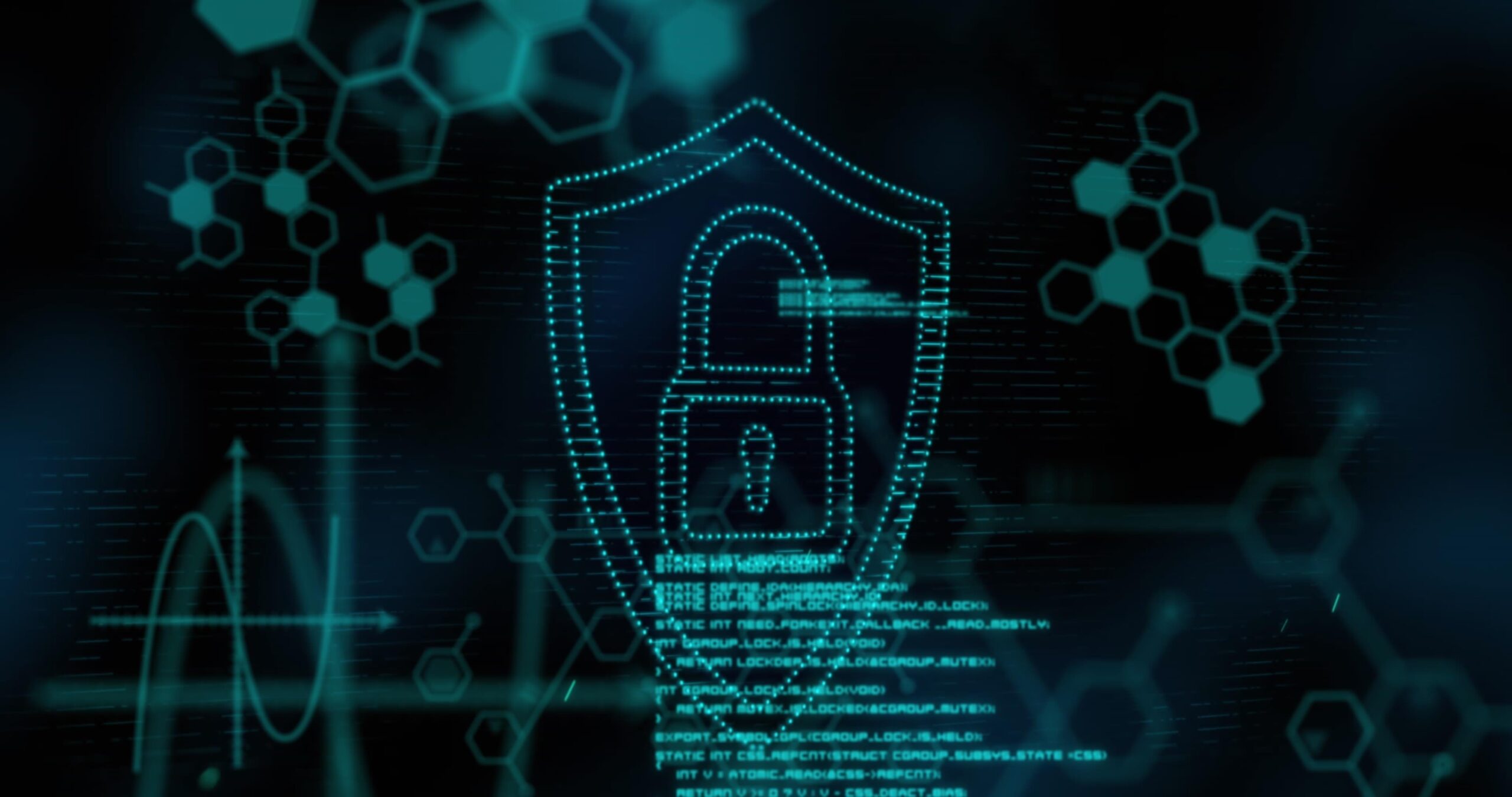Cybersecurity in educational Institutions: Essential Strategies for Safer Schools
Introduction: The Importance of Cybersecurity in Schools
in today’s digital learning environment, cybersecurity in educational institutions has become more crucial than ever. With technology deeply embedded in school operations, from classroom instruction to student records management, protecting sensitive data and ensuring a safe digital experience is a top priority. Unfortunately, schools are increasingly becoming targets for cyber threats due to limited resources and large pools of personal data. In this article, we discuss essential strategies, practical tips, and real-world experiences to help create safer schools online.
Why Cybersecurity Matters in Educational Institutions
Educational institutions manage sensitive data, including student records, financial details, and intellectual property.Cyber attacks such as ransomware, phishing, and data breaches can disrupt learning, compromise privacy, and lead to costly consequences. The reasons cybersecurity is critical in schools include:
- Protecting Student Data: Safeguard personal information from unauthorized access.
- Maintaining Trust: Help parents, students, and staff feel confident in the school’s ability to secure their information.
- Ensuring Continuity: Avoid disruptions to learning from cyber incidents or system downtime.
- Legal Compliance: Adhere to data protection laws such as FERPA, GDPR, and CIPA.
Common Cybersecurity Threats Facing Schools
Educational institutions face a range of cyber threats. Being aware of these risks is the first step towards developing effective protection strategies. The most common include:
- Phishing Attacks: Emails or messages that trick users into revealing credentials or clicking malicious links.
- Ransomware: Malware that encrypts data until a ransom is paid, possibly halting school operations.
- Data Breaches: Unauthorized access to sensitive information, often resulting in identity theft or data leaks.
- Unauthorized Access: Students or outsiders exploiting poor passwords or system flaws to access restricted areas.
- Device Theft: physical theft of laptops, tablets, or storage devices leading to data loss.
Essential cybersecurity Strategies for Safer Schools
Implementing effective cybersecurity strategies in educational institutions is vital.Consider the following best practices to create a robust security posture:
1.develop a comprehensive Cybersecurity Policy
- Outline roles, responsibilities, and acceptable use of school technology.
- Include clear protocols for incident detection, reporting, and response.
2. Conduct Regular Security Training for Staff and Students
- Educate everyone on identifying phishing attempts and suspicious activity.
- Offer training sessions on password hygiene and online safety best practices.
3. Use Strong Authentication Methods
- Enforce multi-factor authentication (MFA) for staff and faculty accounts.
- Require complex passwords and regular password changes.
4. Keep Systems and Software Up-to-Date
- Install patches and updates promptly to close vulnerabilities.
- Remove unused or unsupported software from networks.
5.Secure School Networks and Devices
- Use firewalls and advanced threat detection to monitor network traffic.
- Segment networks to isolate sensitive systems, such as administrative records.
- Ensure all student and faculty devices have updated antivirus protection.
6. Data Privacy and Encryption
- Encrypt sensitive data at rest and in transit.
- Backup critical data regularly and store backups securely offsite or in the cloud.
7. Plan for Incident Response
- Draft a detailed incident response plan with clear communication channels.
- Rehearse the response with simulated attacks and regular drills.
benefits of Robust cybersecurity in Schools
Investing in school cybersecurity offers numerous advantages, such as:
- Upholding Student Well-being: Minimizes exposure to cyberbullying and exploitation.
- Protecting Financial Resources: Reduces risks of costly breaches, ransom payments, or data recovery expenses.
- Reputation Management: Maintains the school’s reputation for safety and trustworthiness.
- Operational Efficiency: Keeps educational technologies running smoothly, without interruption.
- Regulatory Compliance: Demonstrates commitment to data protection laws and frameworks.
Practical Tips: building a Culture of Cybersecurity
Fostering a cybersecurity-conscious culture is essential for lasting protection.Here are real-world tips for integrating security into daily life at school:
- Lead by example: School leadership should model good cybersecurity behavior.
- Empower students: Incorporate digital citizenship and online safety into the curriculum.
- Monitor and review: Continually evaluate your cybersecurity policies and adapt to evolving threats.
- Promote collaboration: Encourage sharing of best practices and reporting of suspicious activities among students and staff.
- Engage parents: Provide guidance so families understand how they can support safe learning at home.
case Study: Responding to a School Ransomware Attack
In 2023, a mid-sized school district experienced a ransomware attack that encrypted administrative records and threatened access to virtual classrooms.Thanks to recent cybersecurity initiatives:
- Incident response protocols prompted immediate isolation of infected systems.
- Recent, secure backups allowed for full restoration of critical data, avoiding ransom payment.
- Ongoing staff training enabled rapid identification and reporting of the breach.
This case highlights the importance of proactive measures—such as robust backup solutions and staff preparedness—in mitigating the impact of cybersecurity incidents on educational institutions.
First-Hand Experiences from School Technology Leaders
School technology directors and IT staff often share that their most effective cybersecurity investments involve:
- Ongoing professional development for staff and teachers.
- Upgrading network security infrastructure,including next-generation firewalls.
- Forming partnerships with local law enforcement and cybersecurity experts for threat intelligence.
- Establishing transparent,open lines of communication with students and parents regarding potential risks and incidents.
As one IT coordinator put it, “The key to a safer school online is community involvement. Everyone—students, teachers, families—must work together to stay vigilant.”
Conclusion: Prioritize Cybersecurity for Safer Schools
cybersecurity in educational institutions is a shared responsibility that demands awareness, planning, and continuous advancement. By understanding the unique threats facing schools and implementing essential strategies detailed above, educators and administrators can create a resilient digital environment for students and staff alike. Investing in robust policies, ongoing training, and advanced technology will go a long way towards building safer schools online—empowering students to learn and thrive in an increasingly connected world.

